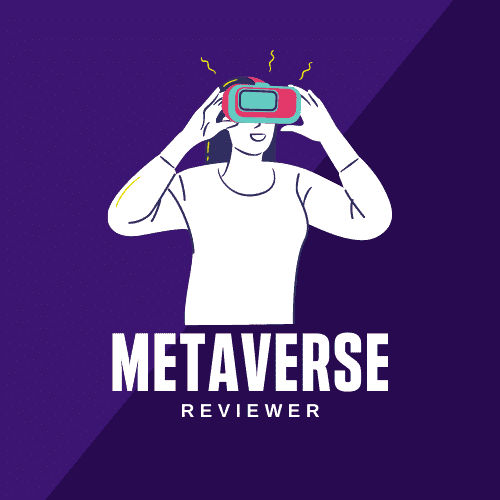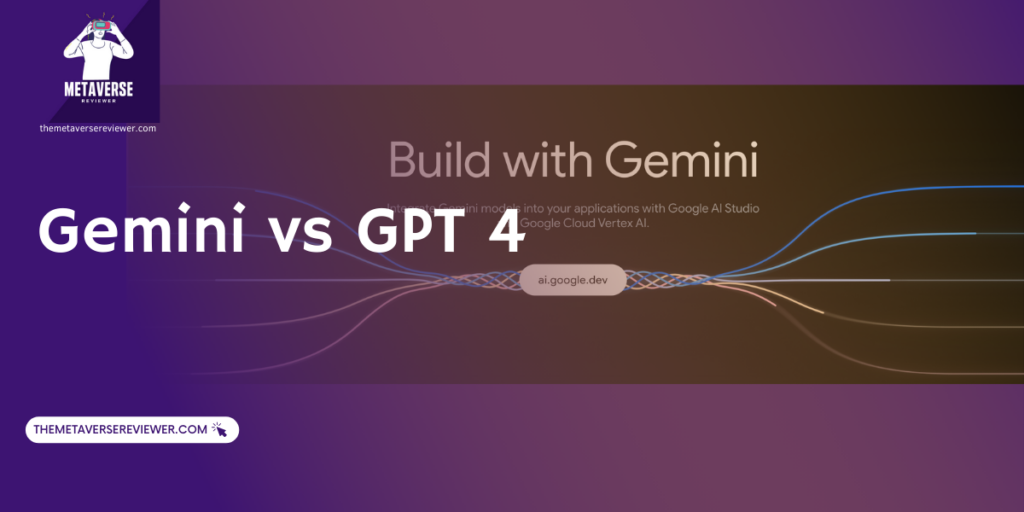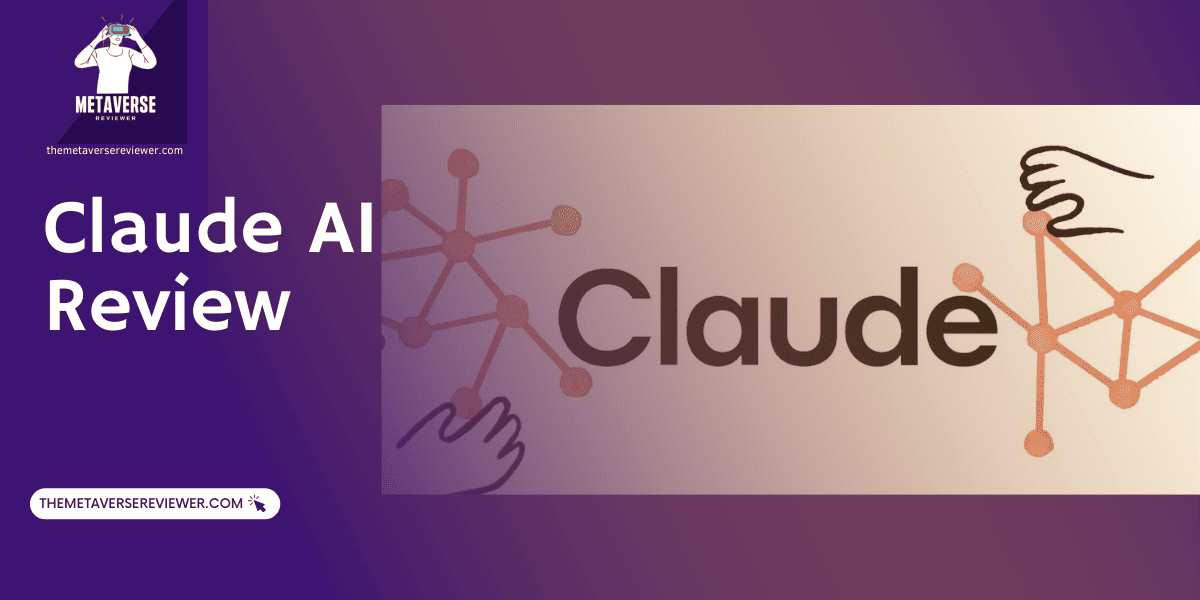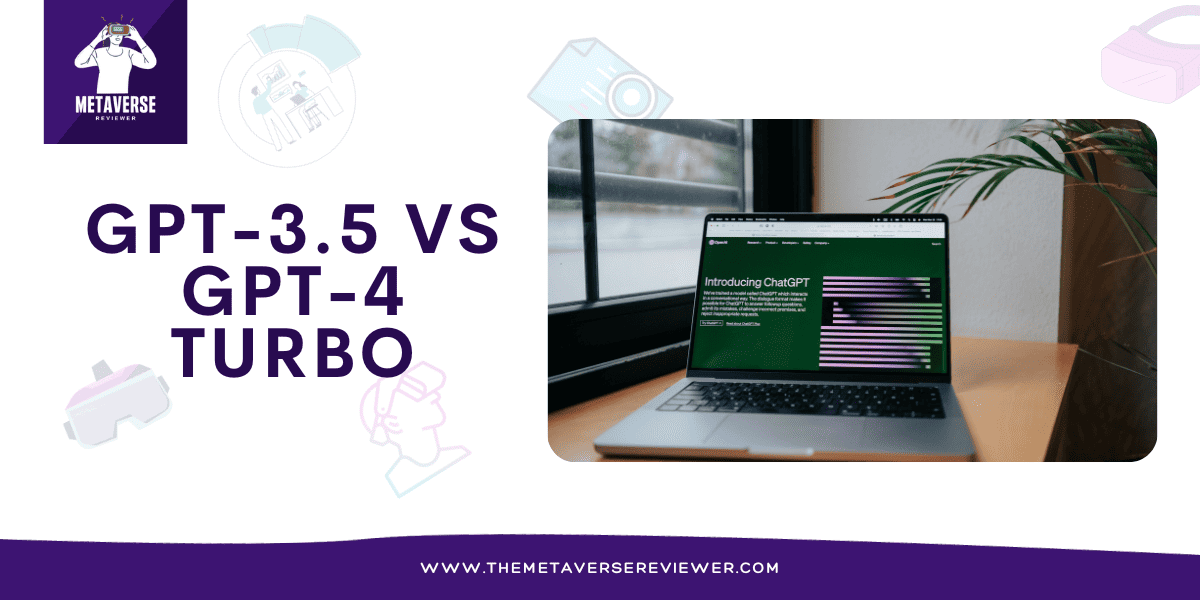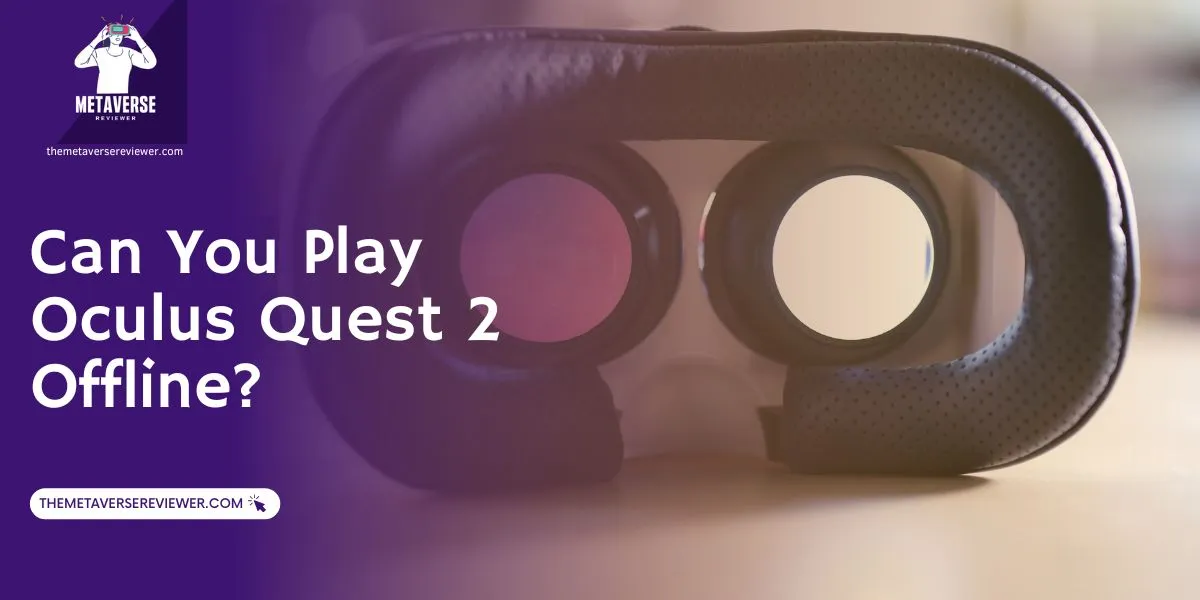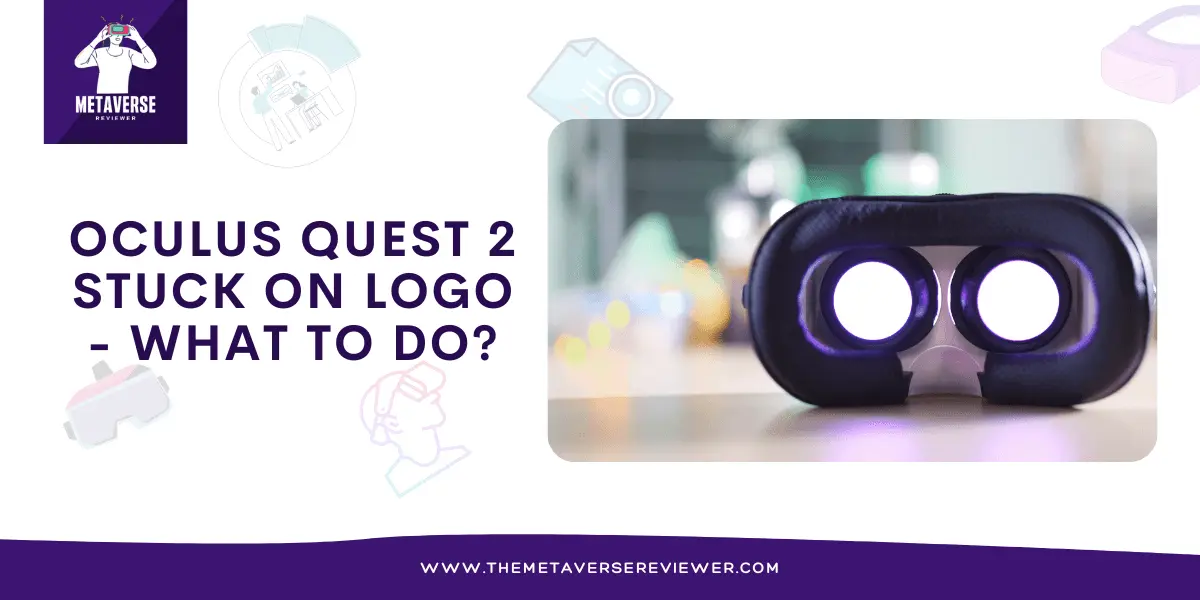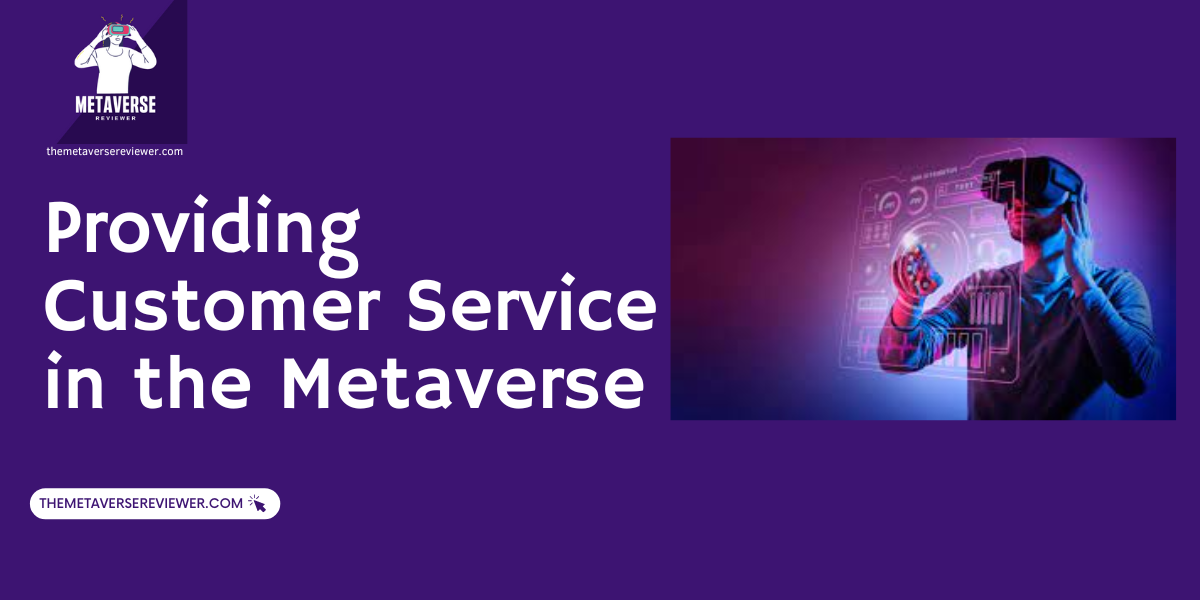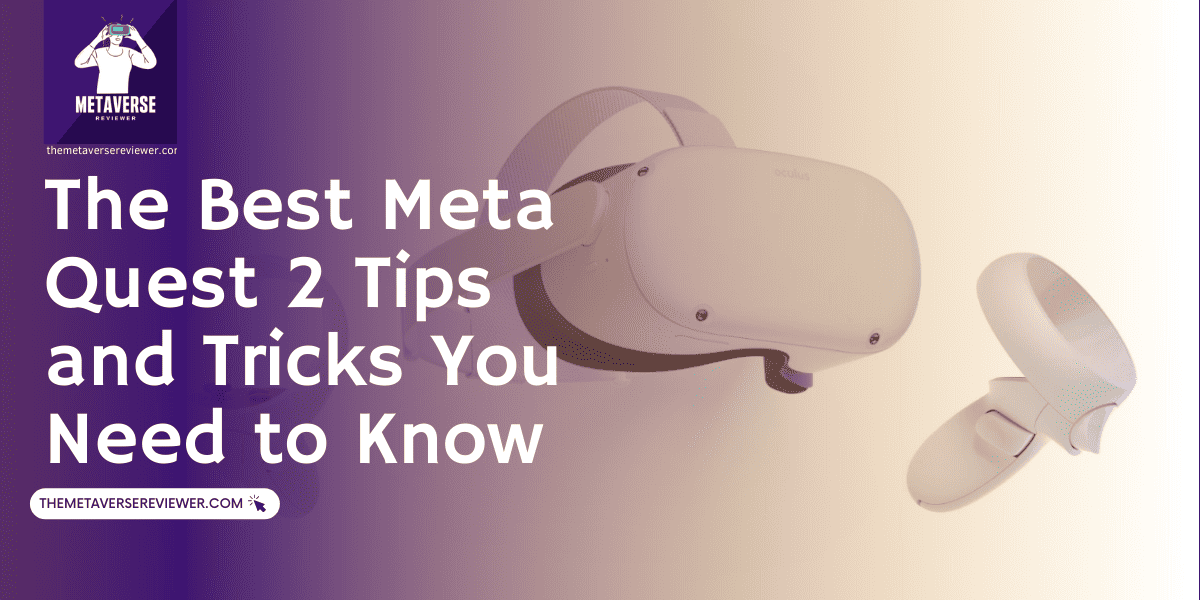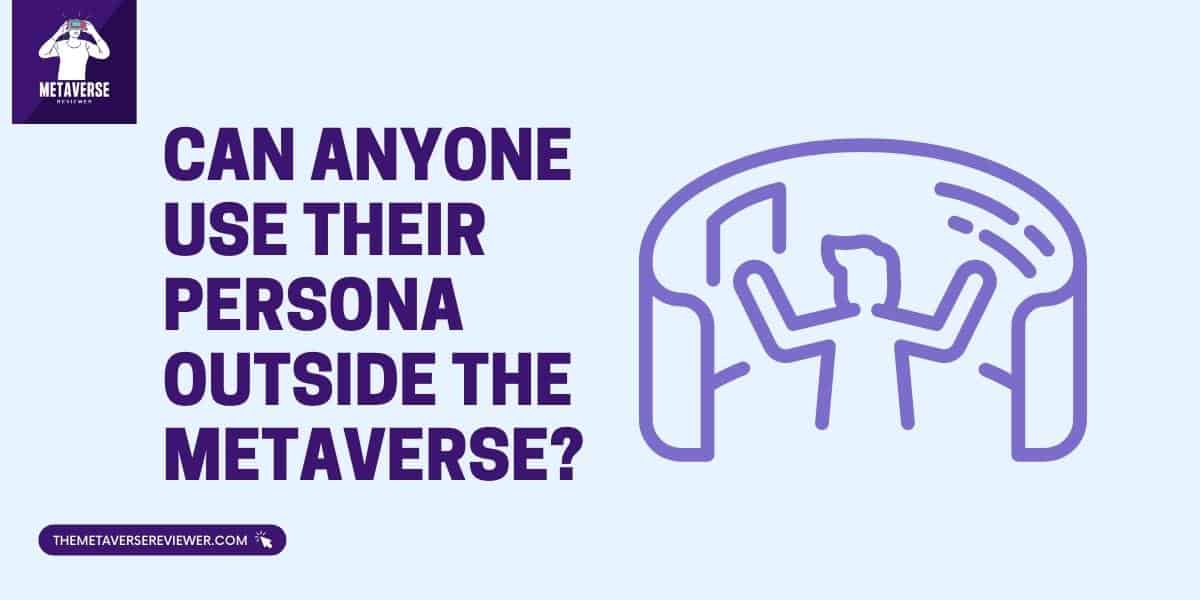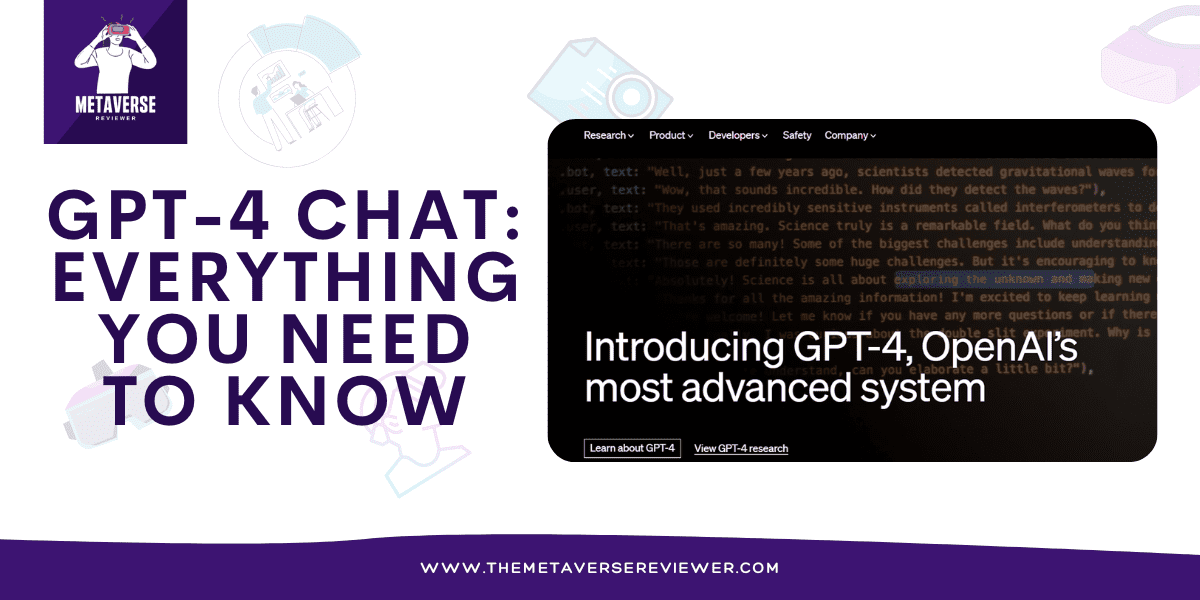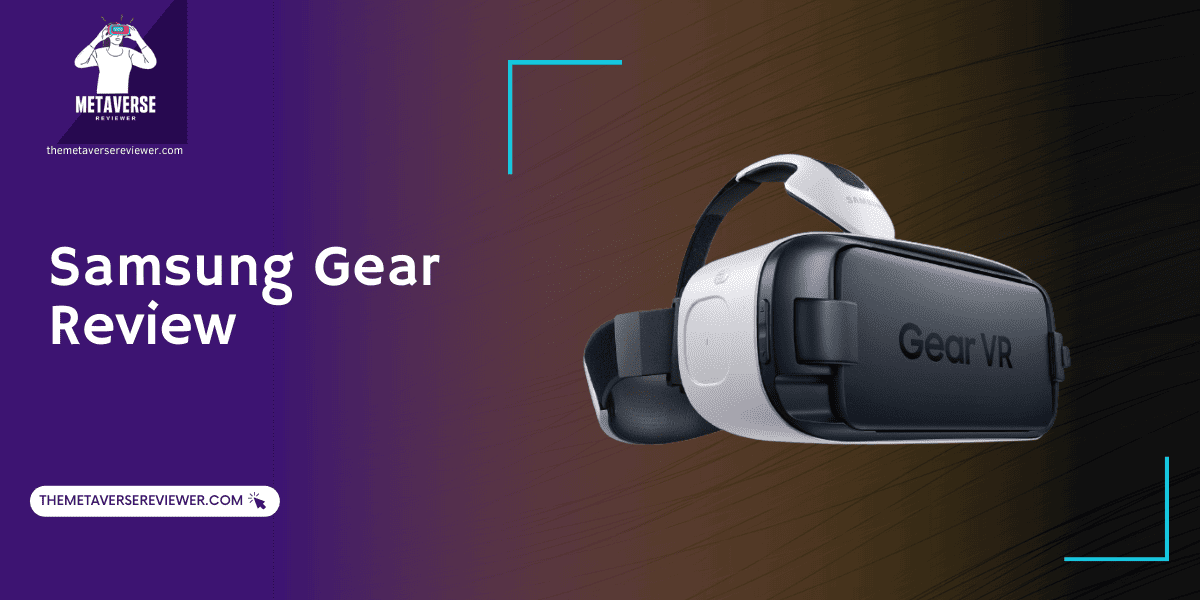Google’s Gemini and OpenAI’s GPT-4 have recently emerged as game-changers, promising groundbreaking advancements in artificial intelligence. The competition between these giants unfolds in the domains of multimodality, performance, accuracy, safety, and applicability for developers, marketers, and educational purposes.
This comprehensive analysis aims to dissect the nuances of Gemini and GPT-4, providing an in-depth understanding of their capabilities, strengths, and potential limitations. Join us in navigating the complexities and possibilities these models bring to the forefront of innovation.
Gemini vs GPT-4: Multimodality
Gemini and GPT-4 diverge in their approach to multimodality, with Gemini boasting native integration of diverse data types, while GPT-4 relies on plugins for tasks beyond text.
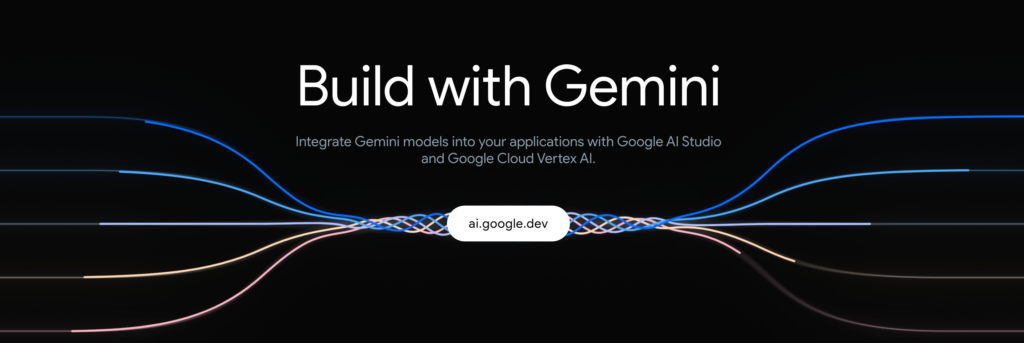
Gemini
With its innate multimodal capabilities, Google’s Gemini breaks new ground in the AI landscape. It’s a useful tool that understands and combines diverse data types such as text, code, audio, image, and video. This innate multimodality is optimized across a spectrum of sizes, ranging from the powerful Ultra to the compact Nano.
GPT-4
GPT-4 takes a different approach in terms of multimodality. While it introduces visual input capabilities, allowing it to process and generate responses based on visual information, GPT-4’s multimodality is not native. Instead, it relies on plugins for tasks that extend beyond the realm of textual data, which shows a clear contrast in the approach.
Gemini vs GPT-4: Performance
Gemini’s Ultra model dominates within its era, showcasing exceptional performance in language understanding and multimodal tasks. Meanwhile, GPT-4, a successor to ChatGPT, marks significant progress with enhanced problem-solving accuracy and top-tier rankings on standardized tests.
Gemini
The Ultra model emerged as a performance powerhouse within the Gemini era, surpassing state-of-the-art benchmarks in language understanding and multimodal tasks. While not reaching the Ultra’s heights, Gemini Pro competes admirably with GPT-3.5, which is a testament to its robust capabilities across various domains.
GPT-4
GPT-4, building upon the legacy of ChatGPT, exhibits notable improvements. It outshines its predecessor in problem-solving accuracy and achieves higher percentile rankings on standardized tests, such as the Uniform Bar Exam and Biology Olympiad. This leap in performance sets GPT-4 on a trajectory of advancement in AI capabilities.
Gemini vs GPT-4: Which is More Accurate?
Gemini asserts dominance by surpassing benchmarks and setting new standards in accuracy. In contrast, GPT-4 advances accuracy through refined reasoning, showcasing superiority over its predecessor, ChatGPT.
Gemini
With its inherent multimodal capabilities, Gemini Ultra positions itself as a benchmark-beater, exceeding results across a spectrum of tasks. The Pro model, while slightly less powerful, competes head-to-head with GPT-3.5, demonstrating accuracy and precision in performance.
GPT-4
GPT-4 stakes its claim in accuracy through advanced reasoning tasks. It outperforms its predecessor, ChatGPT, in problem-solving and intricate text analysis. Focusing on precision and nuanced understanding marks a significant stride in the GPT series.
Gemini vs GPT-4: Pros and Cons
Both Google’s Gemini and OpenAI’s GPT-4 bring their unique strengths and innovations but also some cons. Let’s delve into the most important aspects.
Gemini Pros
- Native multimodality: Gemini’s innate multimodality is a standout feature that seamlessly integrates various data types.
- Performance excellence of the Ultra model: The Ultra model excels in performance, setting new standards in the Gemini era.
- Broad applications in various sizes: Gemini’s flexibility across different sizes, from Nano to Ultra, opens avenues for diverse applications.
Gemini Cons
- Limited availability of the Ultra model: The most powerful Gemini model, Ultra, is not widely available and has limited accessibility.
- Potential biases despite safety measures: Despite comprehensive safety measures, Gemini may still exhibit biases, demanding ongoing vigilance.
GPT-4 Pros
- Improved problem-solving accuracy: GPT-4 showcases enhanced accuracy in problem-solving, which is a crucial advancement over its predecessor.
- Safety and alignment enhancements: GPT-4 introduces safety and alignment improvements, making it more reliable and secure.
- Collaboration with diverse organizations: Collaborates with a range of organizations and expands its applications across different domains.
GPT-4 Cons
- Reliance on plugins for multimodality: While advancing in various aspects, GPT-4 relies on plugins to achieve multimodal capabilities.
- Continuous improvements required for real-world usage: Like any evolving model, GPT-4 requires continuous refinements to meet the demands of real-world usage.
Gemini vs GPT-4: Safety
Safety is a major concern in artificial intelligence, shaping the user experience and defining the ethical contours of advanced models. Our goal is to understand the intricate measures implemented by both Google’s Gemini and OpenAI’s GPT-4.
Gemini
Gemini places a strong emphasis on safety by incorporating comprehensive evaluations that encompass bias and toxicity analysis. The model undergoes rigorous testing, coupled with collaborative efforts with external experts, ensuring a proactive approach to risk mitigation.
GPT-4
GPT-4 introduces notable safety and alignment improvements, making strides in reducing the likelihood of responding to disallowed content. It also enhances factual responses and contributes to a more reliable and secure user experience.
Gemini vs GPT-4: For Developers
Developers play a pivotal role in shaping the future of applications and user experiences. That’s why uncovering the unique opportunities and resources each model offers to the developer community is important.
Gemini
Gemini extends accessibility to developers through the Gemini API, providing a gateway for integration into a lot of applications. The Nano version, designed for on-device AI capabilities, offers developers a versatile tool for enhancing user experiences.
GPT-4
GPT-4 collaborates with influential organizations like Microsoft Bing, Duolingo, Stripe, and Morgan Stanley. This strategic partnership approach positions GPT-4 as a valuable resource for developers seeking advanced language models across diverse applications.
Gemini vs GPT-4: For Marketers
Marketers are the architects of engaging content and immersive experiences and find themselves at the intersection of technology and creativity. Our comparison between Google’s Gemini and OpenAI’s GPT-4 in the marketing domain unveils the distinct advantages each model brings to the table.
Gemini
Marketers can harness Gemini’s innate multimodality to elevate creative content generation. Its integration with Bard and Pixel amplifies reasoning and planning capabilities, giving marketers a powerful tool for crafting engaging and diverse content.
GPT-4
GPT-4’s strategic collaboration with major organizations allows marketers to leverage potent language models. Applications in language learning, accessibility, and knowledge management offer a broad spectrum of possibilities for marketers.
Gemini vs GPT-4: For Educational Purposes
Innovation and efficiency hold the key in education, and Google’s Gemini and OpenAI’s GPT-4 emerge as transformative tools. This segment of our comparison focuses on their impact on educational applications.
Gemini
Gemini’s sophisticated reasoning capabilities, particularly in subjects like math, physics, and coding, position it as an invaluable asset for educational applications. Its versatility allows educators to explore innovative ways of enhancing the learning experience.
GPT-4
GPT-4’s mastery of advanced reasoning tasks is exemplified by scheduling meetings based on multiple individuals’ availability and underscores its suitability for educational purposes. The model contributes to fostering efficient and intelligent educational processes.
Key Takeaways
Both Gemini and GPT-4 represent significant advancements in AI technology. Gemini, with its native multimodality and standout performance, especially in the Ultra model, emerges as a versatile solution. Conversely, GPT-4’s emphasis on safety, alignment, and collaborative ventures with leading organizations underscores its commitment to real-world applications.
The choice between Gemini and GPT-4 hinges on specific needs. As these models continue to evolve, they promise ongoing innovation, and the coming years will unfold new possibilities in the exciting AI space.
- Gemini vs. GPT4 – Which One to Use? - December 17, 2023
- Can You Play Oculus Quest 2 Offline Without Wifi - November 10, 2023
- VR Sickness – What You Need to Know - September 17, 2023
